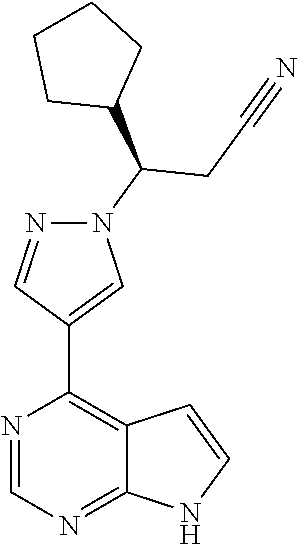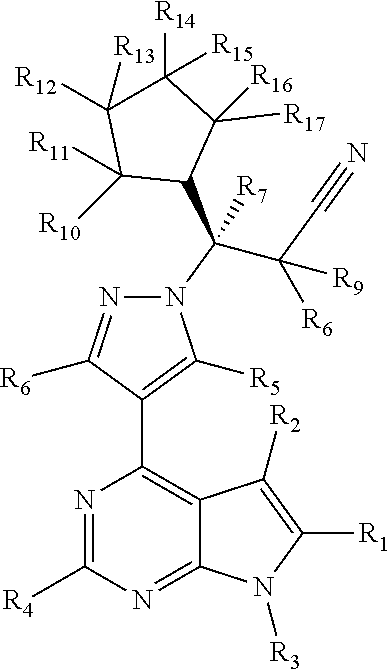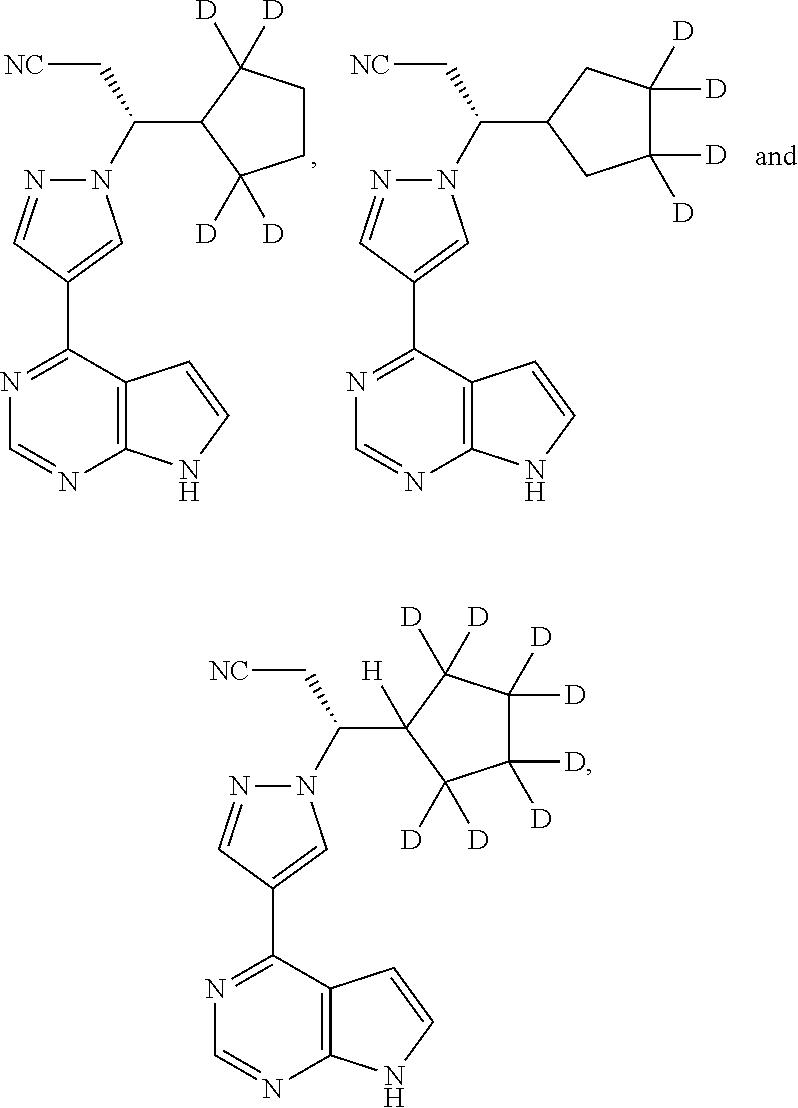USE OF an anti-P-selectin antibody
a technology of anti-pselectin and antibody, which is applied in the direction of antibody medical ingredients, drug compositions, extracellular fluid disorders, etc., can solve the problems of high unmet medical needs to find new and effective, and the effect of treating symptoms is demonstrated
- Summary
- Abstract
- Description
- Claims
- Application Information
AI Technical Summary
Benefits of technology
Problems solved by technology
Method used
Image
Examples
experiment 1
[0107]In this experiment, murine P-selectin is inhibited with the monoclonal antibody mRB40.34, alone or in combination with ruxolitinib, to assess if treatment reduces the number of thrombotic events in Gata1low mice as they age and to assess if pharmacological inhibition of P-selectin halts the progression of pre-MF to MF in Gata1low mice.
Gata1low mice (5-6-month of age) are divided into five groups (eight mice per group):[0108]Group 1: Vehicle treated (2% v / v DMSO in H2O) (negative control for group 3 and 4)[0109]Group 2: Mice receive the commercially available anti-mouse P-selectin mAb RB40.34 (30 ug / mouse / day), as described (Embury S H et al, Blood 2004; 104:3378-85; Kaul D K et al, J Clin Invest 2000; 106:411-20).[0110]Group 3: Mice receive ruxolitinib alone (45 mg / kg twice per day by gavage in 2% v / v DMSO in H2O), as described (Zingariello M et al, Blood Cancer Journal 2017; 7(6):e572).[0111]Group 4: Mice receive the anti-mouse P-selectin mAb RB40.34p and ruxolitinib in combi...
experiment 2
[0115]In this experiment, murine P-selectin is inhibited with the monoclonal antibody mRB40.34, alone or in combination with ruxolitinib, to assess if treatment prevents disease progression in Gata1low mice by preventing the development of marrow fibrosis.
[0116]It is hypothesized that in the Gata1low mouse model disease progression is sustained by a P-selectin / TGF-β circuit. It is proposed that in Gata1low mice, hematopoiesis in the spleen is sustained by a circuit between P-selectin and TGF-β and contributes to disease progression. This circuit is triggered by the abnormal expression of P-selectin on MK that leads to neutrophil-MK emperipolesis, increasing TGF-β content and resulting in fibrocyte activation. Activated fibrocytes establish, possibly through P-selectin, peripolesis with MK forming “myelofibrosis-related stem cell niches” that sustain proliferation of these cells in spleen generating more MK and more neutrophils, establishing an amplification loop that contributes to ...
experiment 2a
hibition
[0118]Gata1low mice (5-6-month of age) are divided into five groups (eight mice per group):[0119]Group 1: Vehicle treated (2% v / v DMSO in H2O) (negative control for group 3 and 4)[0120]Group 2: Mice receive the commercially available anti-mouse P-selectin mAb RB40.34 (30 ug / mouse / day)[0121]Group 3: Mice receive ruxolitinib alone (45 mg / Kg twice per day by gavage in 2% v / v DMSO in H2O)[0122]Group 4: Mice receive the anti-mouse P-selectin mAb RB40.34p and ruxolitinib in combination[0123]Group 5: Mice receive unfractionated porcine heparin (1.6 U / day / mouse) or anti-mouse E-selectin mAb (10E9.6, Pharmigen) (30 ug / mouse / day) alone (negative controls for group 2).
PUM
| Property | Measurement | Unit |
|---|---|---|
| Time | aaaaa | aaaaa |
| Time | aaaaa | aaaaa |
| Time | aaaaa | aaaaa |
Abstract
Description
Claims
Application Information
 Login to View More
Login to View More - R&D
- Intellectual Property
- Life Sciences
- Materials
- Tech Scout
- Unparalleled Data Quality
- Higher Quality Content
- 60% Fewer Hallucinations
Browse by: Latest US Patents, China's latest patents, Technical Efficacy Thesaurus, Application Domain, Technology Topic, Popular Technical Reports.
© 2025 PatSnap. All rights reserved.Legal|Privacy policy|Modern Slavery Act Transparency Statement|Sitemap|About US| Contact US: help@patsnap.com



